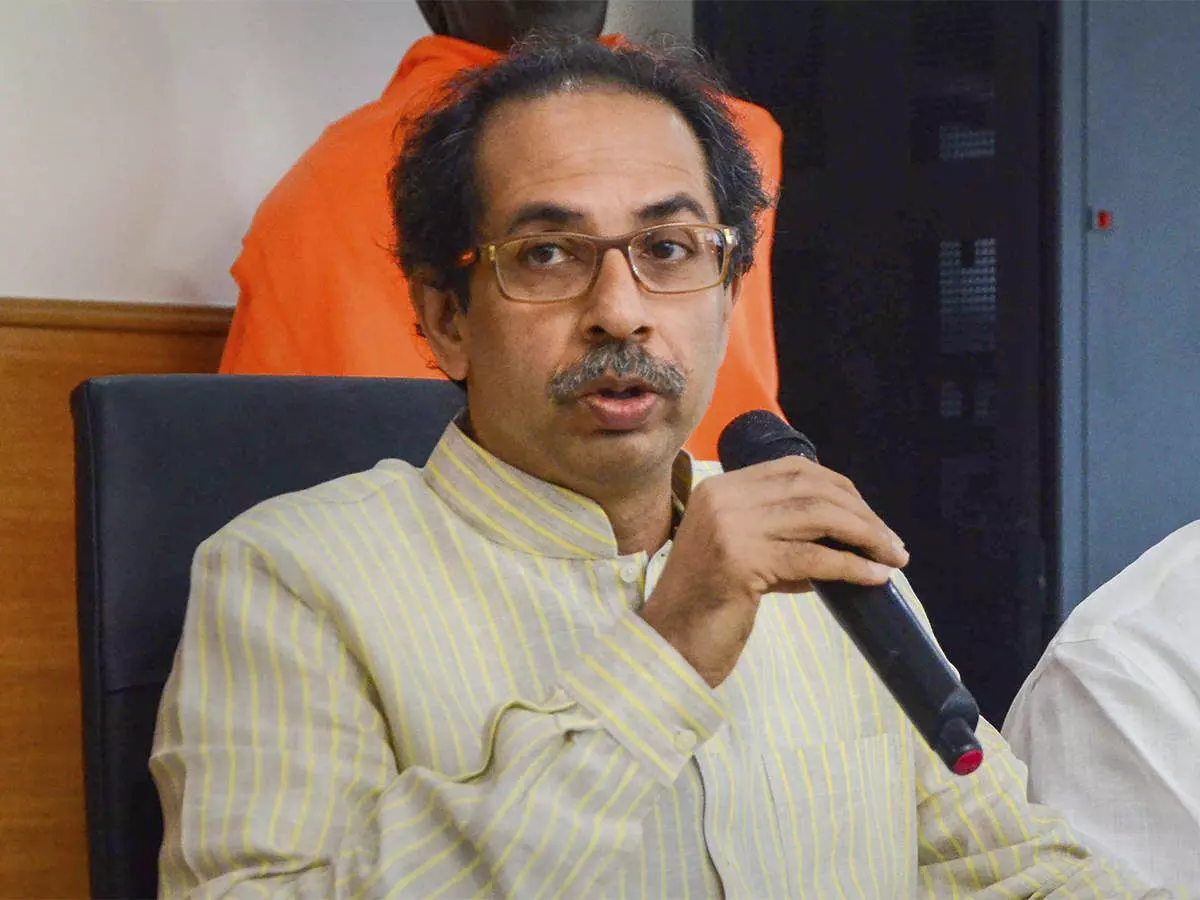Travesty of justice

The Supreme Court’s judgement in Subhash Desai vs Principal Secretary, Government of Maharashtra has unfolded a bunch of ironies. The Constitution bench comprising CJI DY Chandrachud and Justices MR Shah, Hima Kohli, Krishna Murari and PS Narsimha pointed out certain illegalities and inconsistencies in the role played by certain functionaries during and before the formation of Eknath Shinde government in Maharashtra. The bench, however, ruled that “the status quo ante cannot be restored because Mr Thackeray did not face the floor test and tendered his resignation.” The first of the aforementioned ironies is that both the factions of Shiv Sena, led separately by Uddhav Thackeray and Eknath Shinde, have claimed the Supreme Court judgement to be in their favour. The Eknath Shinde faction is jubilant to have received the licence to continue with its government till the completion of the term in 2024. The Thackeray-led faction is satisfied that the court, by indicating that the chief-ministership of Uddhav Thackeray could have been restored, has validated the moral stand of the faction. Closely related is the glaring dichotomy between legality and morality. If the legal outcome of a proceeding doesn’t fall in line with morality, can justice even be said to be done? The idea of complete justice rests on the synchronisation between the two pillars — legality and morality. The Supreme Court’s judgement, however, presents a hope that subsequent actions of the Election Commission of India and the Speaker will be guided by a sound and judicious rationale. In what could be called an important observation, the Supreme Court noted that “it is not necessary for the ECI to rely on the test of majority in the legislature alone. In cases such as the present one, it would be futile to assess which group enjoys a majority in the legislature.” It may be recalled that on February 17, the ECI had passed an order in the favour of the Eknath Shinde faction regarding the party symbol. The order was based solely on the test of legislative majority i.e., the number of MPs, MLAs and MLCs each faction had. The application of the test of aims & objects of the party constitution as well as the test of organisational majority remained inconclusive. Notably, the Uddhav faction had challenged the decision of the ECI through a writ petition filed before the Supreme Court, which is still pending. It will be interesting to see how the ECI and the Supreme Court proceed in this regard. As for now, in compliance with the 10th schedule, the court has referred back the matter of disqualification to the Speaker. The role of the speaker Rahul Narwekar, who is affiliated to the BJP, will be very crucial. The apex court has made a guiding observation that it is the political party which can appoint the whip, and not the legislative party. So, the onus of recognising the whip and the leader, duly authorised by the Shiv Sena political party, under the provisions of the party constitution, now rests on the shoulders of the speaker. Apart from the ECI and the Speaker, the court also scrutinised the role of the Governor in the entire episode. The court said in the clearest terms that “the exercise of discretion by the Governor in this case was not in accordance with law.” The court also noted that the “Governor did not have any objective material before him to indicate that the incumbent government had lost the confidence.” Drawing inferences from the court’s ruling, it can be said that the Governor was wrong in directing the Speaker to conduct a floor test, which led to the resignation of the then Maharashtra CM. Furthermore, the decision of the governor might have amounted to interference in intra-party disputes, which is beyond his jurisdiction. It appears that the ambiguous actions of certain Constitutional functionaries have led to the legal-moral chaos in the state. The Supreme Court’s directives must be followed in letter and spirit to ensure complete justice.



